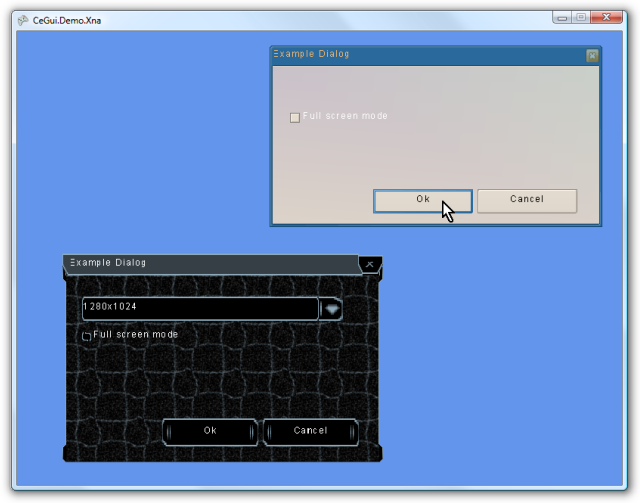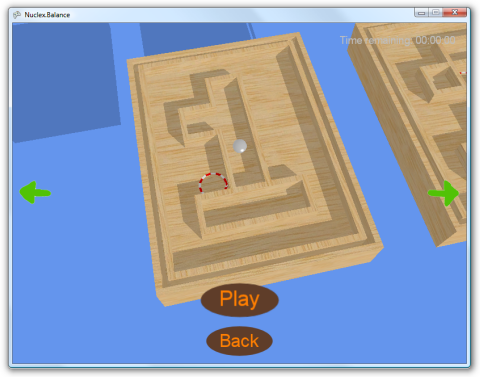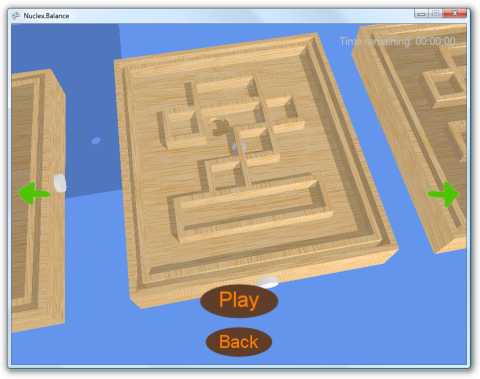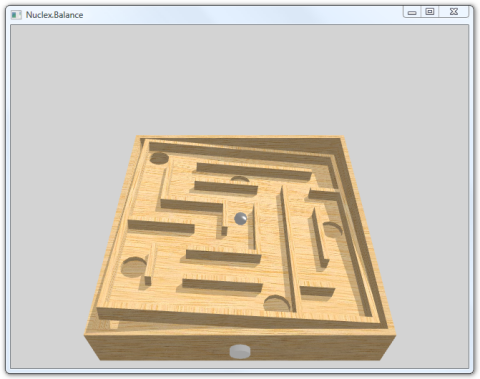Alright, my next game is finally on its way. The game’s working title will be “Island War”, which describes the setting of this game pretty well: small islands at war with each other.
And it won’t be like any other strategy title you might have played. I’m planning to remove the tediousness from the RTS genre by getting rid of micro management and unit placement.
I decided to try a different approach to the design of this game than I
did with Ball Race. Instead of creating several
GameComponents (like SceneGraph,
EffectManager and GameStateManager)
and spreading the game’s logic between them, I’ll try to model the
game world in an object model designed for convenient use, so I can
later set up my levels and launch the game with just a few lines of code.
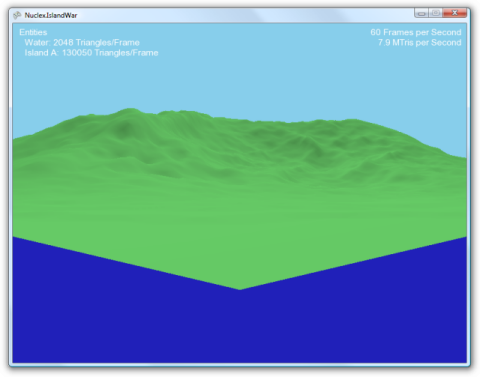
The code so far incorporates an asset management system, the entire world expressed in an object model with load/save capability and can render dynamic height-mapped terrain allowing for real-time terrain deformation by explosions and other influences. I haven’t written the actual shaders yet, so this will look much better once I can get the shaders going.
